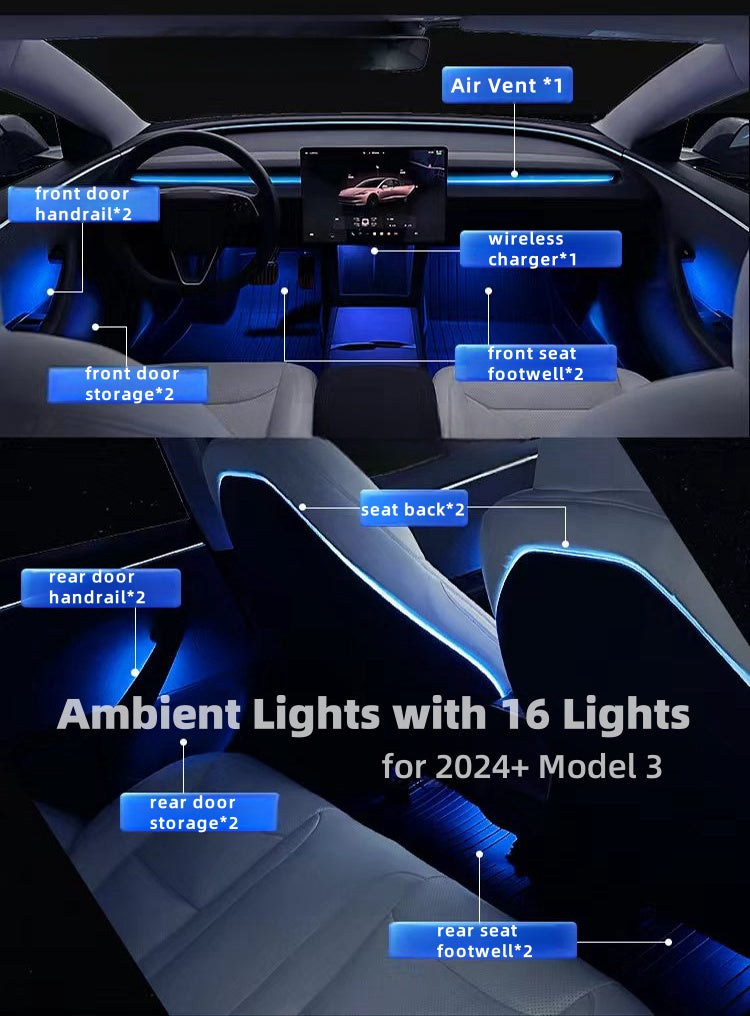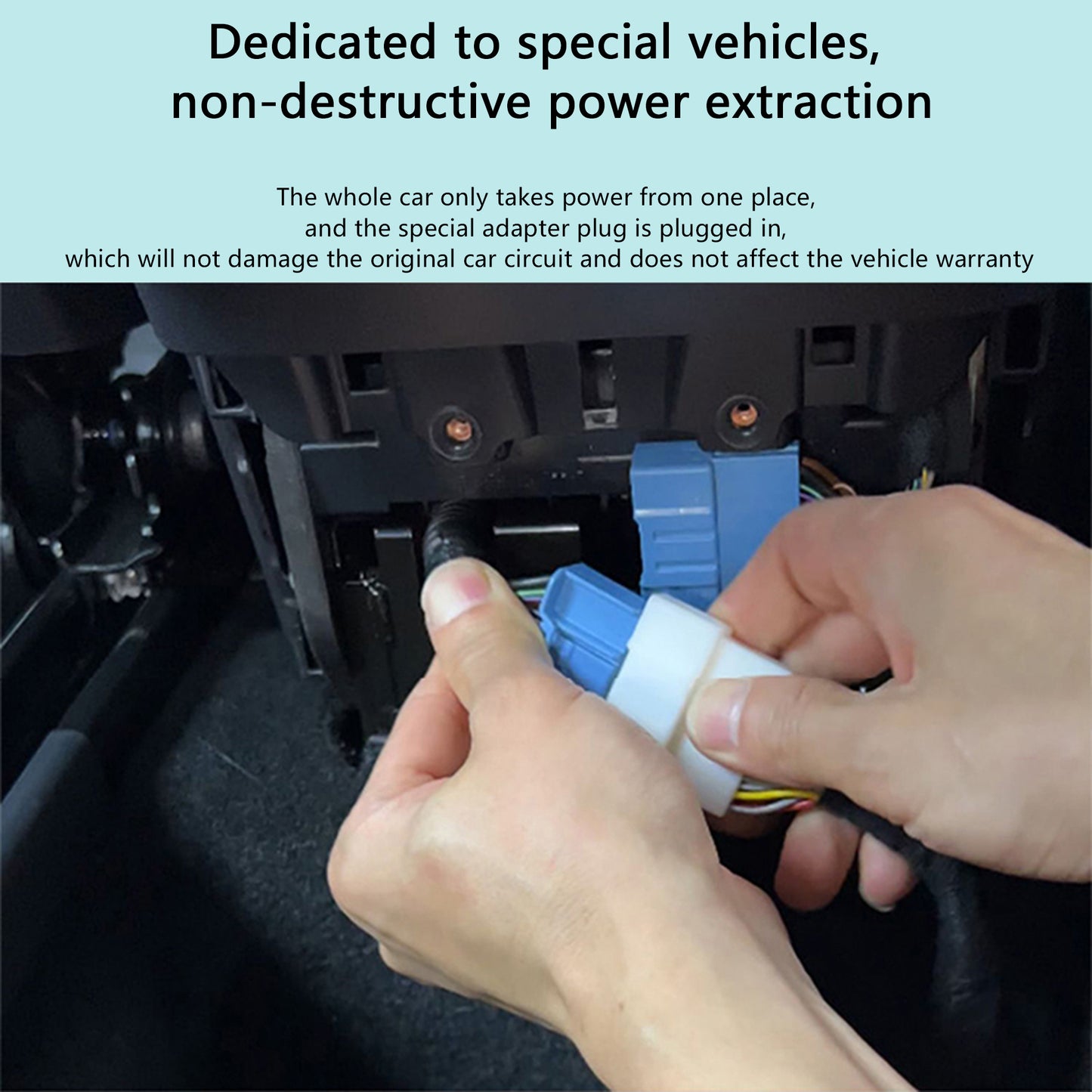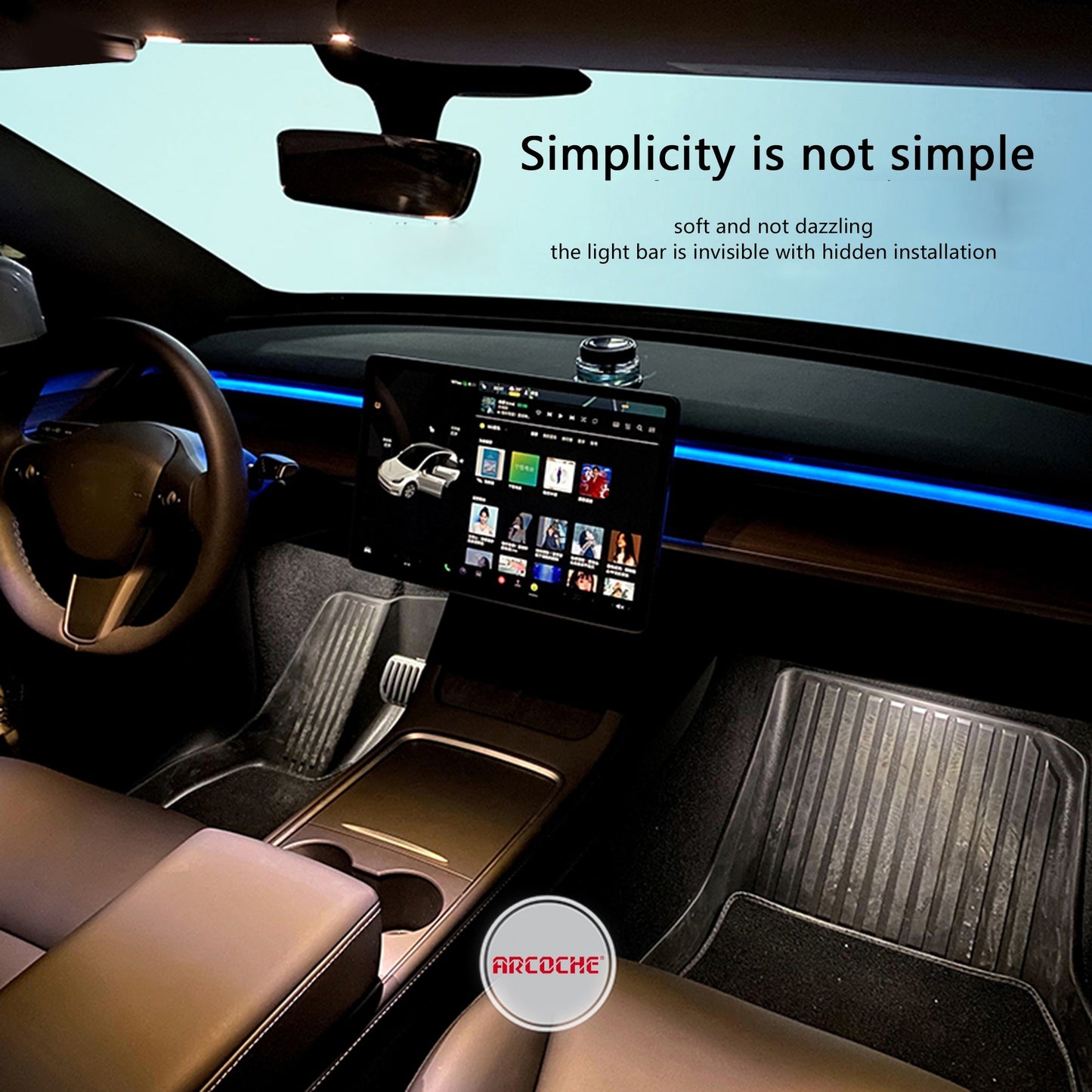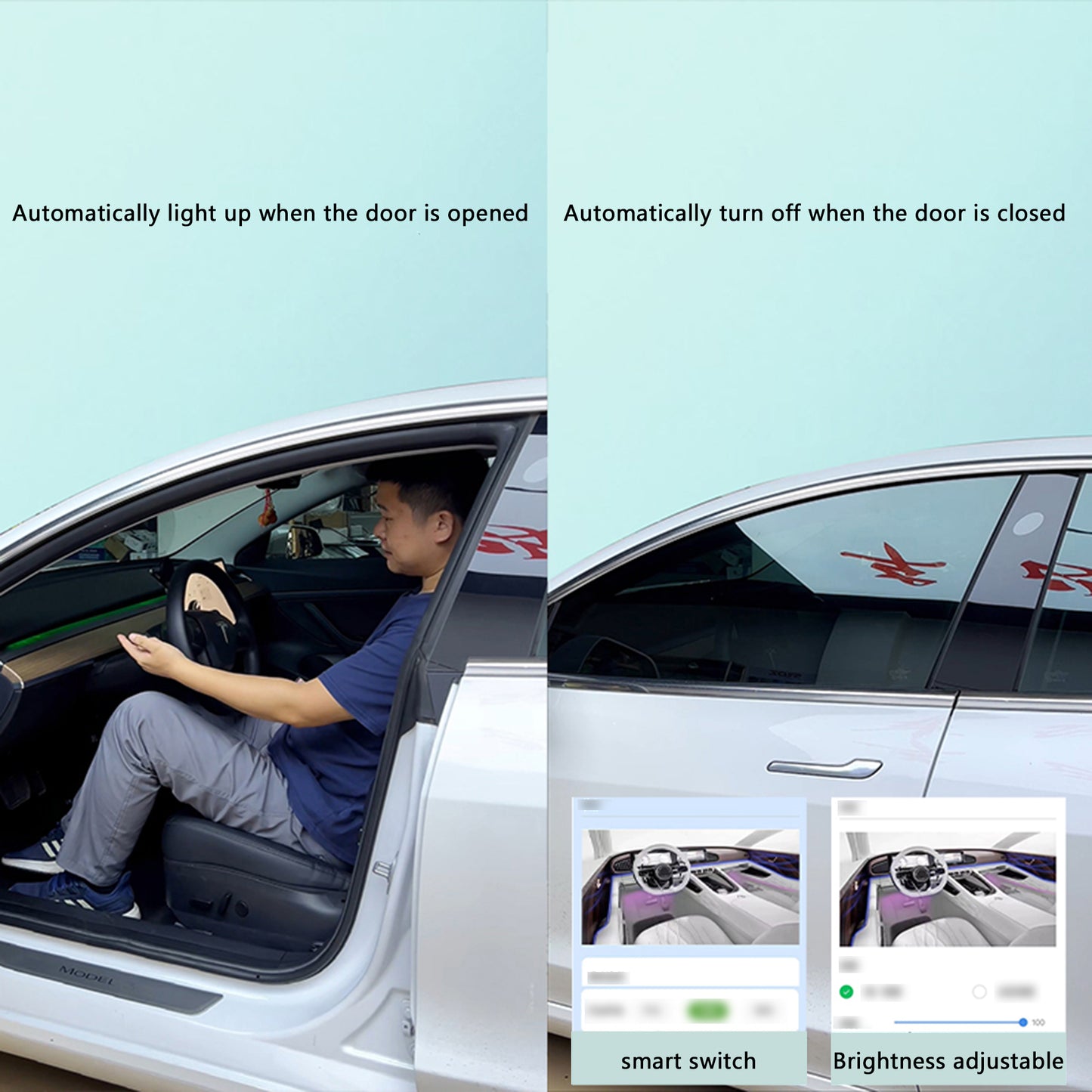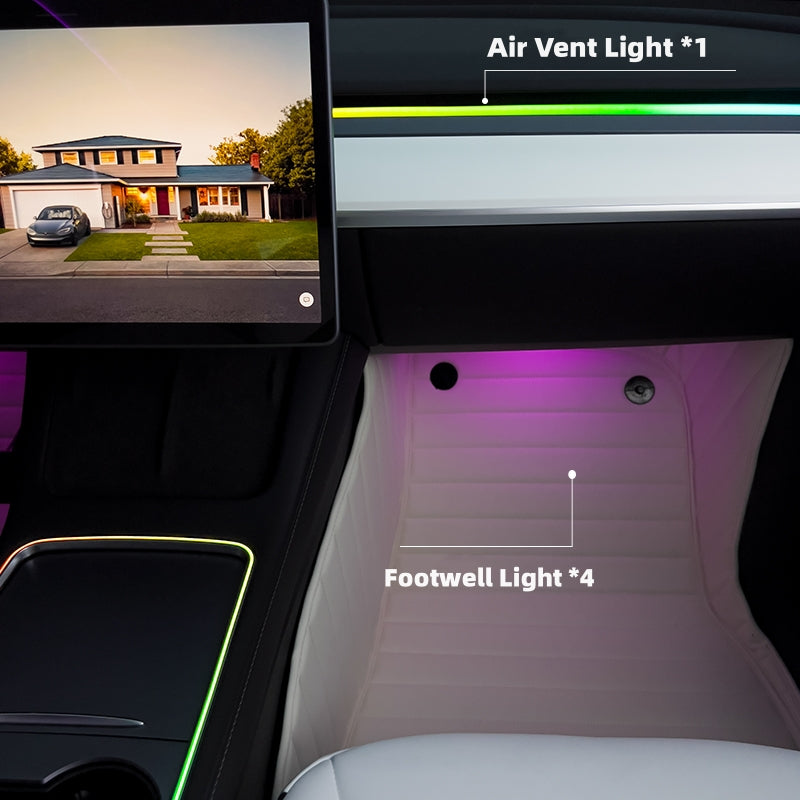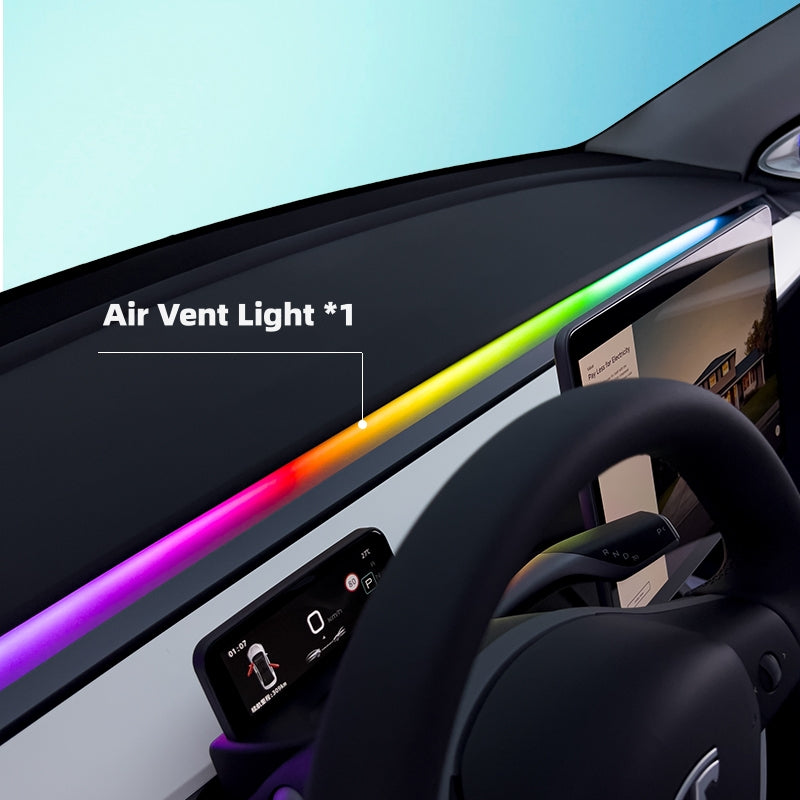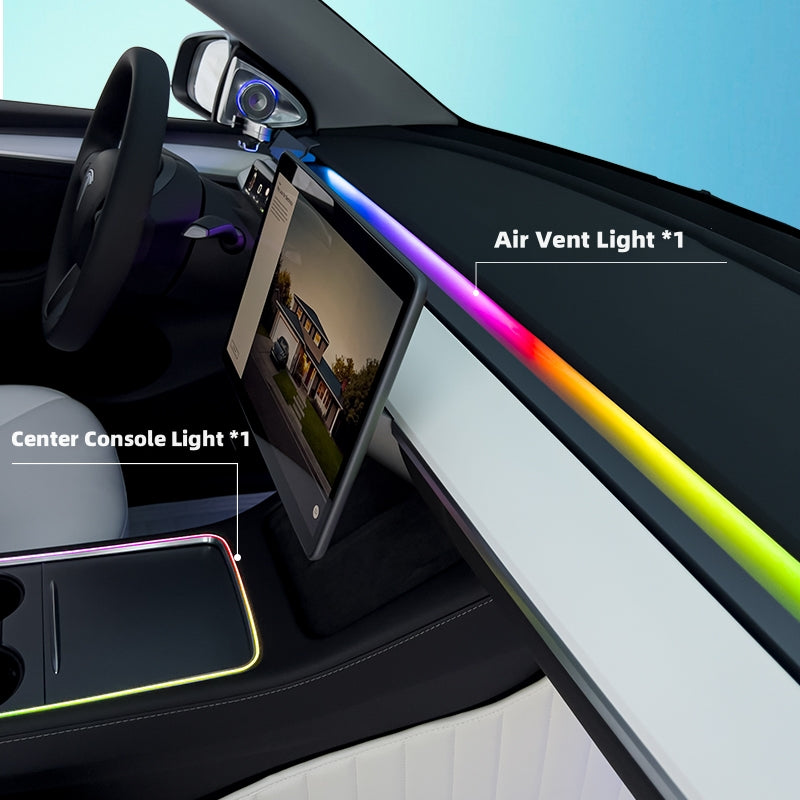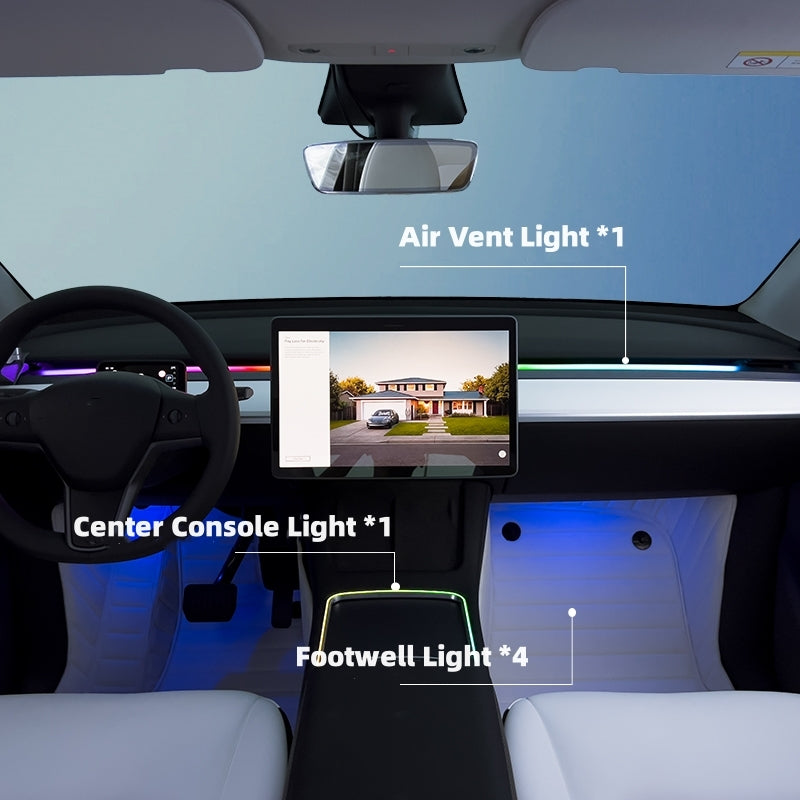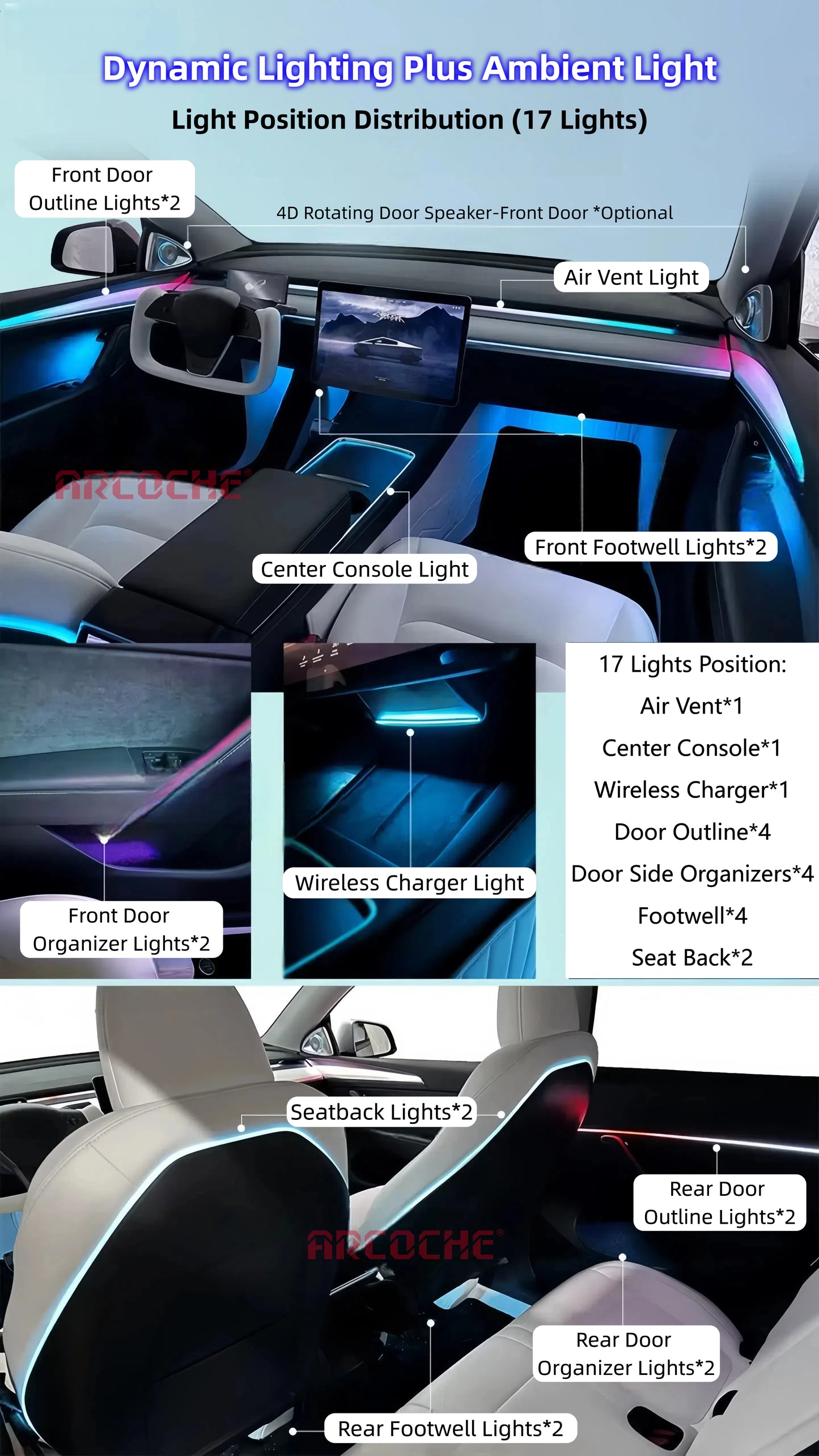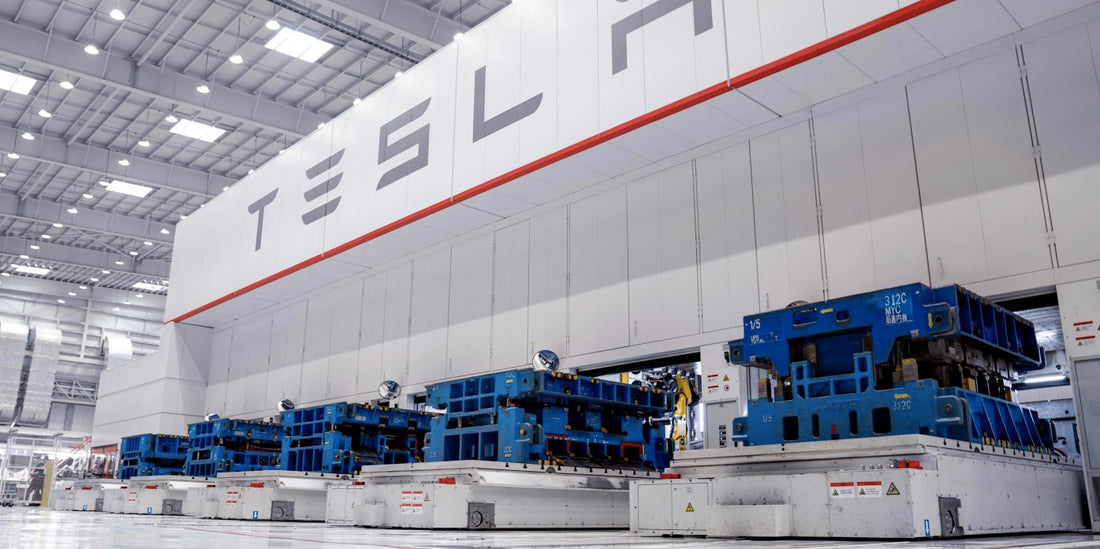
Tesla unveils updated future vehicle lineup — and it's coming sooner than anticipated
Tesla has announced updates to its upcoming vehicle lineup in a bid to expedite the introduction of new models ahead of its previous target of the second half of 2025.
This development comes just one quarter after Tesla projected “notably lower” growth rates for 2024, acknowledging its position between growth phases.
Nevertheless, it appears that Tesla intends to advance these plans sooner rather than later as it contends with several economic challenges, subdued demand, and a rising inventory, factors that led to a negative free cash flow of $2.5 billion.
In its quarterly earnings Shareholder Deck, Tesla announced:
"We have revised our future vehicle lineup to expedite the introduction of new models ahead of our previously scheduled start of production in the second half of 2025.
The company anticipates that the new vehicles will integrate features from the next-generation platform with components of the current platforms. These models can be manufactured using the same assembly lines used for the current Model S, 3, X, and Y lineup, addressing investor concerns about potential delays due to line upgrades.
While acknowledging that this update may result in achieving less cost reduction than initially anticipated, Tesla expects it to lead to a higher vehicle volume count in a more capital-efficient manner amid uncertain times.
The company also suggested that this approach could support its growth rate:
"This strategy will enable us to fully utilize our current anticipated maximum capacity of close to three million vehicles, facilitating over 50% growth in production compared to 2023 before investing in new manufacturing lines."
Just one quarter ago, Tesla announced plans to launch its next-generation vehicle platform by late 2025. The decision to expedite these plans reflects the pressure the company faces from external factors beyond its control.
Recently, Tesla announced the elimination of at least 14,000 jobs, representing more than 10 percent of its global workforce.
As Tesla continues to streamline its operations and stabilize its workforce, the accelerated introduction of a new vehicle platform is poised to benefit both investors and customers.



